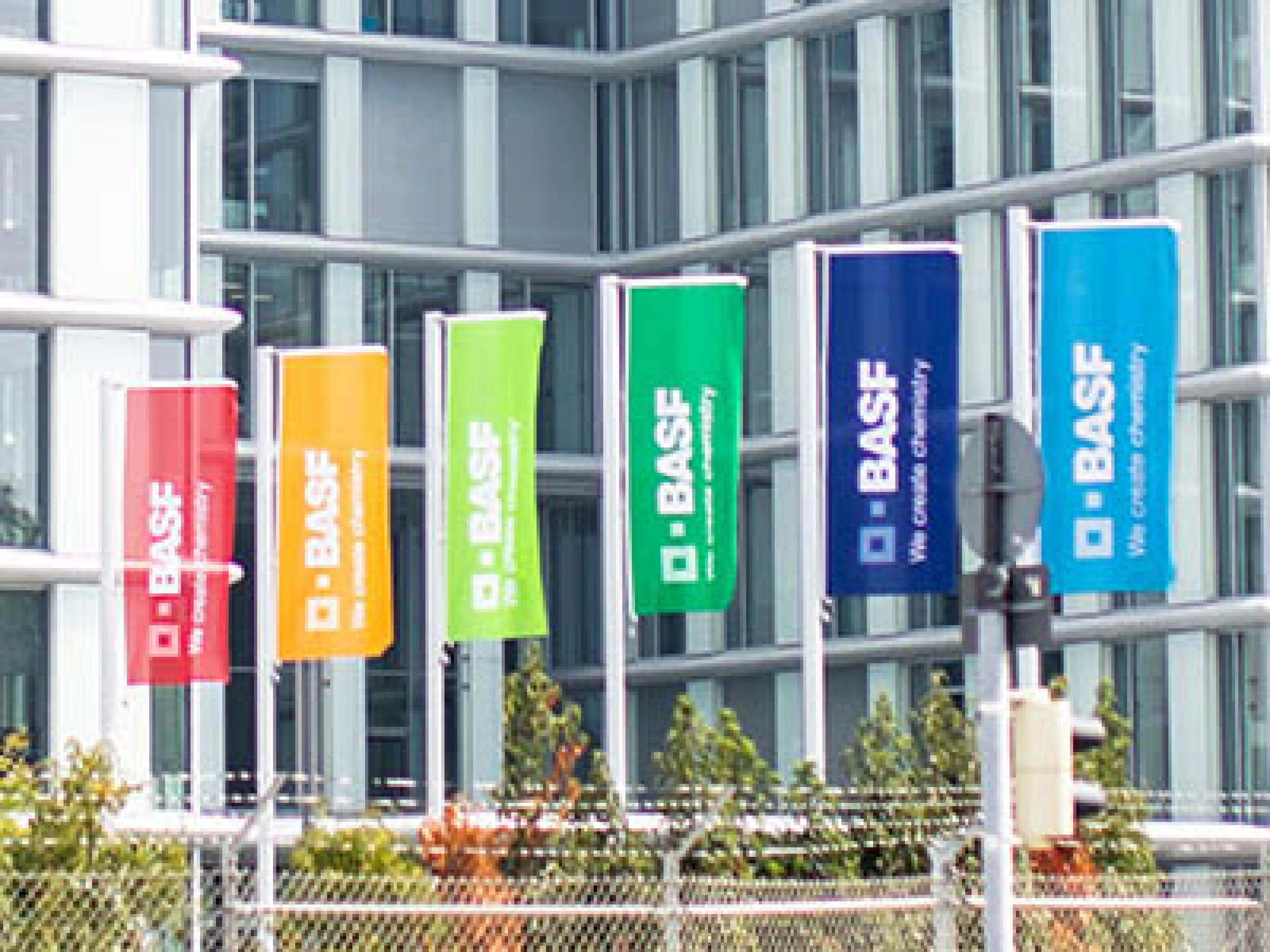
Manufacturers of modern microchips are constantly facing new challenges, including in the electrical connections required for them. BASF and Fraunhofer IPMS have therefore been working together on this issue for ten years. By combining their infrastructure and expertise, they enable industry-oriented evaluation of chemicals, as well as process and product tests for chip integration. Together, they are working on new and customised
Pilot tests are being carried out at the Center Nanoelectronic Technologies (CNT) of the Fraunhofer IPMS to develop and implement strategies for making materials and technologies in semiconductor integration more efficient and cost-effective. “With our cooperation, we are addressing the growing challenges in the market and thus enable new technologies in the field of interconnect and packaging,” explains Dr. Lothar Laupichler, Senior Vice President, Electronic Materials at BASF.
Process evaluation of new chemicals for galvanic deposition processes
During the production and integration of a microchip, numerous electrochemical processes take place. In order to connect the individual circuits and to produce the conductor track network within a chip, various layers of metals or metal alloys must be applied to the wafer. The chemicals and process steps must be adapted to the individual customer processes for the various steps of the overall integration and the different subsequent applications. In the context of the cooperation with BASF, new chemicals for galvanic deposition have been developed in recent years.
BASF with modern process plant in the clean room of the Fraunhofer IPMS
At the same time, corresponding product tests and demonstration trials for customers were carried out at wafer level. To this end, BASF has installed a state-of-the-art process plant in the clean room of the Fraunhofer IPMS. This is operated by the institute's experienced scientists. This means that the cooperation partners use the same equipment that is used in industry. This enables customers to significantly reduce their qualification effort. This saves development time and costs and leads to more efficient processes. New solutions can be developed and evaluated directly under production conditions.
Direct application by industry partners
In the last ten years, the project partners have recorded more than 12,000 process starts. “The chemical packages and products developed can be used directly in our customers’ industrial processes,” says Dr. Benjamin Lilienthal-Uhlig, Head of Business Unit Next Generation Computing at Fraunhofer IPMS. They are used, for example, to create wiring structures in miniaturised circuits for dual damascene technologies. Furthermore, the products are important for the production of interposers, chiplets and 3D packages for rewiring structures (pillar, RDL, TSV). They also form the metal layers for wafer-to-wafer hybrid bonding.
Research institute and chemical company work together in the Silicon Saxony network
In June 2014, the research institute and the chemical company began their collaboration as part of the Screening-Fab opened at CNT. Fraunhofer IPMS provides BASF with its 300-mm cleanroom infrastructure for this purpose. Customers and partners also benefit from the Silicon Saxony network. It enables the integration of further local facilities, such as the Fraunhofer Institute IZM-Assid in Dresden. In addition, direct process developments are carried out specifically for the global industrial partners of the Fraunhofer IPMS, such as Bosch, Infineon and Global Foundries.
The newly founded Ceasax research centre will enable even closer collaboration on application-oriented solutions in the future. This applies in particular to the hetero-integration of microsystems.









